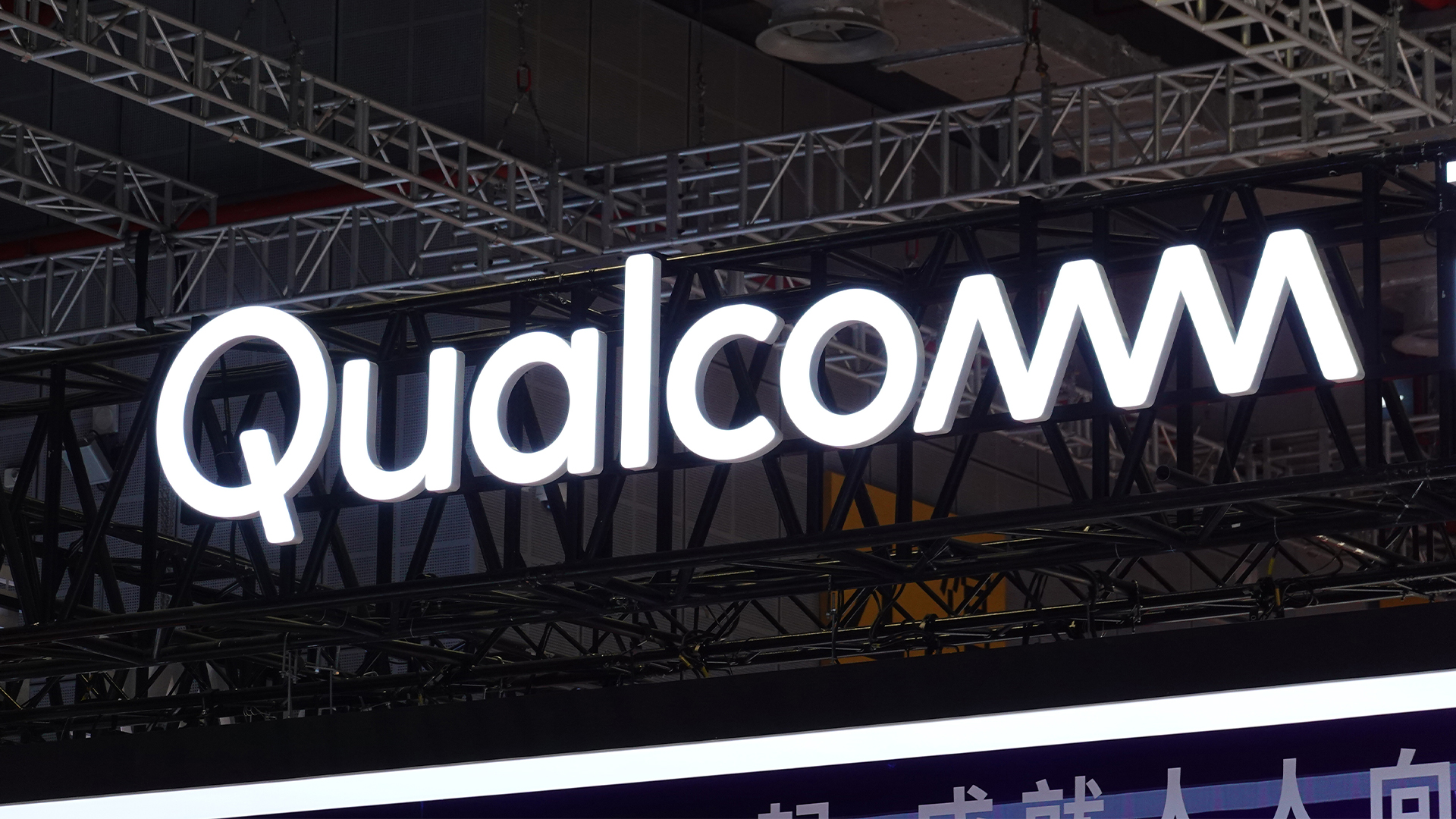Google Espresso links SDN to edge of network
The innovation routes 20% of traffic to the internet


Google has revealed more information about Espresso, the latest part of its SDN strategy to help make real-time services work more efficiently.
On the top level, Espresso will make it faster for people to take advantage of the company's services, such as asking Google Assistant a question, the company said.
Instead of the spoken question bouncing to the edge of Google's network from the user, where it's processed multiple times to discover language, find the answer, then gathered and scored in the datacentre, then back to the edge of Google's network and back to the user in a set of low latency steps, Espresso treats the entire process as a large-scale distributed system to make the requests and responses happen faster, with fewer interruptions.
The company said such an advanced system can't just be bought – it must be developed from the ground up.
Using technologies already built for other parts of the company's SDN strategy, such as Jupiter and Andromeda, Espresso allows Google to decide where to serve individual users based on the performance of connections, choosing the best options for anyone accessing the network.
It also separates the logic and control of traffic management from router boxes, using a distributed system to extract the information and learn how the flows are performing.
Developing such an infrastructure has taken Google ten years so far and works along the same lines as the infrastructure used for Google’s compute and storage systems.
Sign up today and you will receive a free copy of our Future Focus 2025 report - the leading guidance on AI, cybersecurity and other IT challenges as per 700+ senior executives
"We view our network as more than just a way to connect computers to one another," Google fellow Amin Vahdat wrote in a blog post. "Building the right network infrastructure enables new application capabilities that simply would not otherwise be possible. This is especially powerful when the capability is exposed to higher level applications running in our datacenters."

Clare is the founder of Blue Cactus Digital, a digital marketing company that helps ethical and sustainability-focused businesses grow their customer base.
Prior to becoming a marketer, Clare was a journalist, working at a range of mobile device-focused outlets including Know Your Mobile before moving into freelance life.
As a freelance writer, she drew on her expertise in mobility to write features and guides for ITPro, as well as regularly writing news stories on a wide range of topics.

